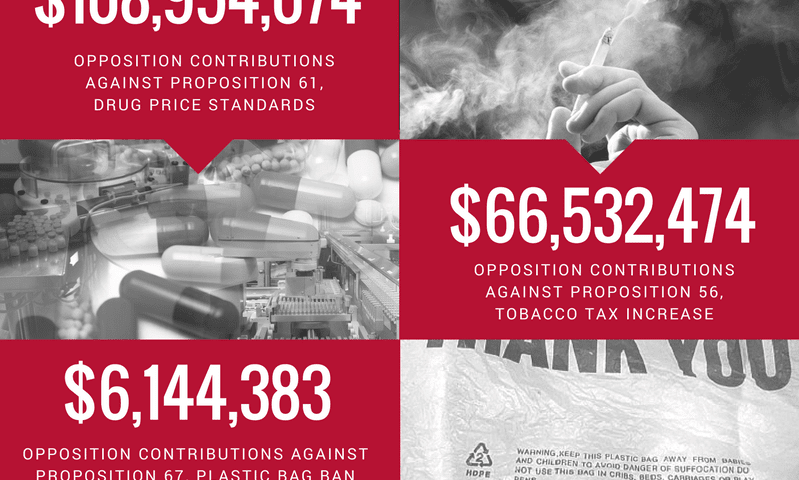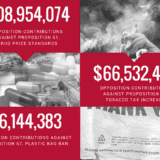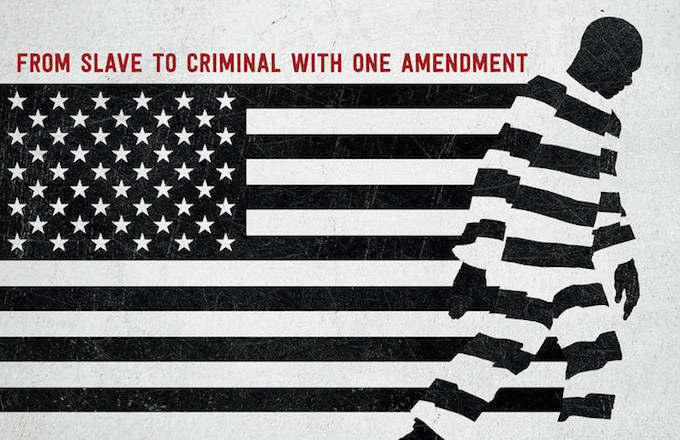

It’s been 105 years since California voters were granted, by a progressive governor and his forward-thinking allies, the right to make laws at the ballot box. We were not the first to gain the privilege; 11 states got there first. Today 24 states allow for direct legislation, which they exercise with varying degrees of intensity when the need arises.


A snapshot of some of this election year’s high-rolling corporate donors.


This week Capital & Main examines several of the 17 voter initiatives, taking a hard look at corporate influence over California’s ballot-box legislation.


Tennessee Governor Bill Haslam, whose family owns the Pilot Flying J chain of truck stops, has refused to release his tax returns since running and being elected in 2010. It wouldn’t matter so much if Haslam were your run-of-the-mill governor. But he’s the country’s richest politician, with a net worth of $2 billion.


Beginning October 27, the Latino Theater Company will host a program by the New York-based experimental company, Theater Mitu, entitled Juárez: A Documentary Mythology. The piece is based on raw interviews of the residents of El Paso, Texas and Ciudad Juárez , Mexico, who tell what it’s like to live and work in a city with a reputation as the “murder capital of the world.”


A four-month pilot program to control and confirm medical cannabis from Humboldt County began August 1, and will be extended another month through the end of the year. The program, dubbed “track and trace,” involves growers, manufacturers and dispensers in compliance with Humboldt’s Medical Marijuana Land Use Ordinance.


In early September, a year and a half after having been pepper-sprayed by a Santa Monica police officer, a man was awarded $1.1 million by a court, plus attorney fees, to be paid by the city. He was apparently singled out by police for being in a park after curfew, while other residents, who weren’t black, continued to charge their electric cars – as he recharged his car. The scars will stay with him and his family for life.


Call it the tale of two pension crises. In June, the Los Angeles Times’ business pages looked at the looming retirement savings disaster caused by the nearly 40-year transition from employer-sponsored defined-benefit pensions to individual 401(k) plans — a sea change in retirement insecurity, it noted, that “has been a failure for all but the wealthiest Americans.”


Devin Browne’s short-subject film Hotel Arizona debuted in Los Angeles October 13 at the Highland Theater in Highland Park. The 22-minute story is about a young woman who, with her mother, runs a hotel where migrants stay, and who devises a way to “Yelp” the smugglers who bring people across the border and rip them off—or worse.


After Ava DuVernay burst into the mainstream as director of the acclaimed 2014 film Selma, she did not earn an Academy Award nomination for Direction, despite the film earning a Best Picture nod. Whatever doubts anybody might have had about her skill as a director should now be put to rest after her stunning new documentary 13th, now streaming on Netflix.